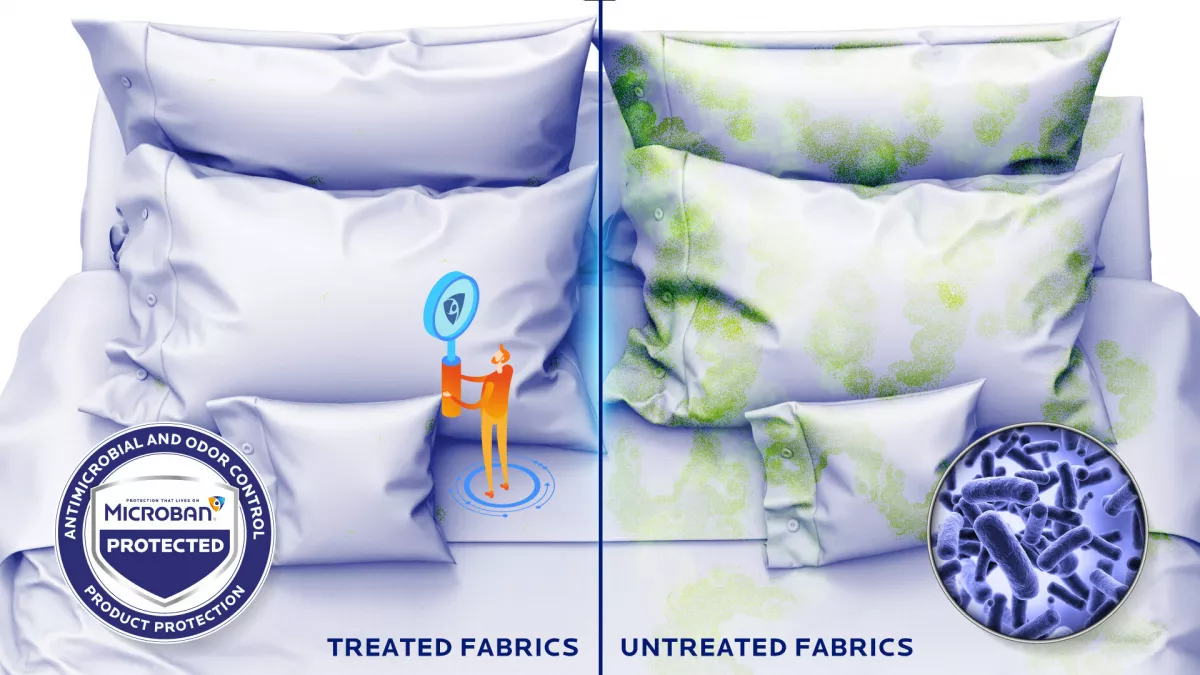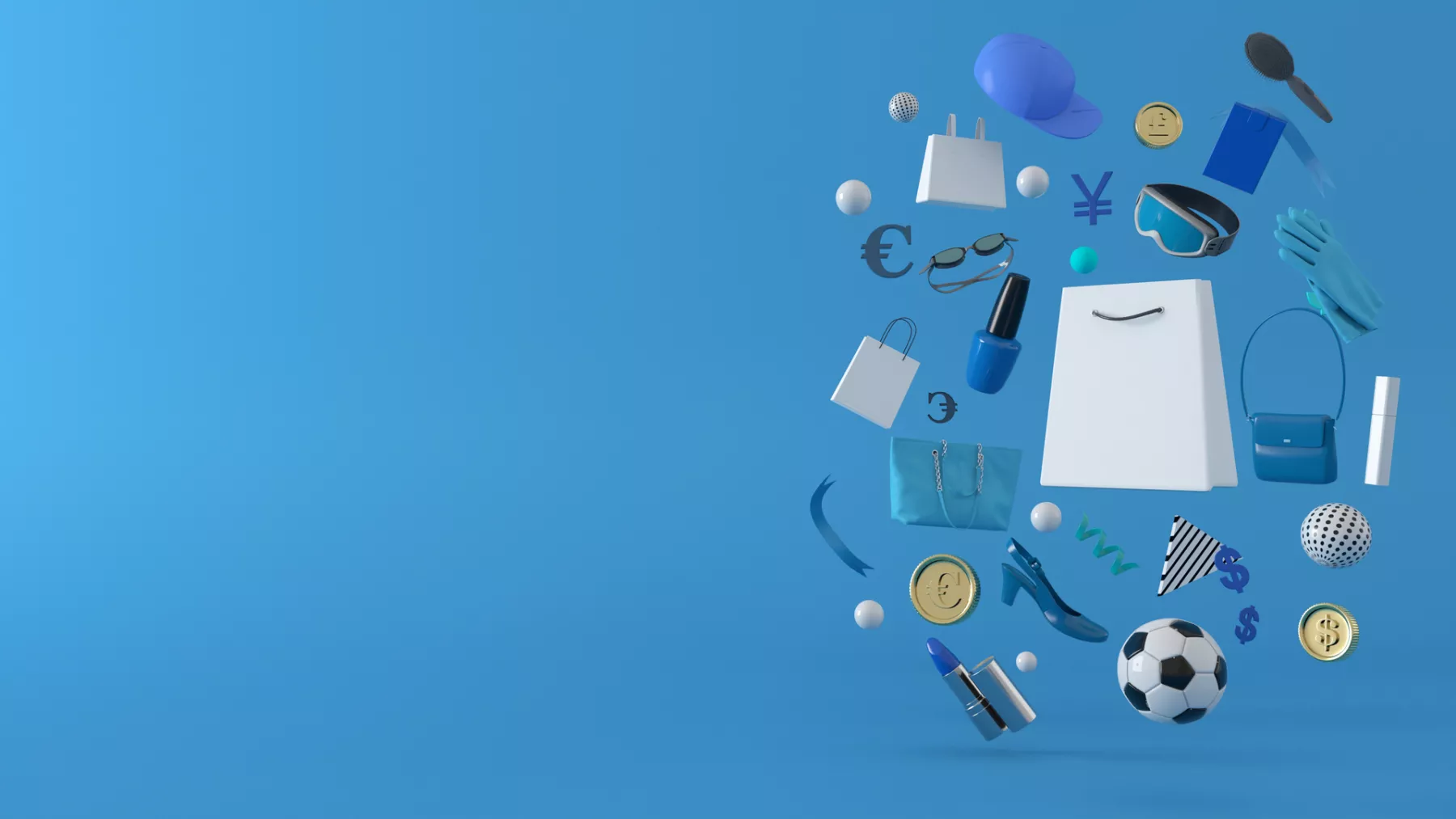Keeping pace with consumer expectations to stay competitive, many brands and retailers have looked to diversify and expand their product portfolio, combining a mix of clothing, homeware, and other consumer products. Popular fashion brand H&M launched H&M Home, for example, due to this trend, competing with Zara Home, Next Home, French Connection, and many more.
Yet, the rise in social commerce from Shopify to Instagram to ever-changing retail collections and fast turnarounds has increased textile waste, contributing to high levels of landfill and carbon emissions worldwide. That’s not to mention textile fiber pollution damaging our waterways and oceans.
Already the production of textiles contributes more to climate change than international aviation and shipping combined (House of Common Environmental Audit Committee, 2019). As well as the environmental impact, WRAP reported that landfilling clothing and household textiles costs the UK economy approximately £82 million each year. Fashion capital New York pays $20.6 million each year towards textile waste.
Amid these challenging dynamics, it is difficult to imagine a world without textiles and people without clothing. At the same time, retailers must continue to adapt to rising sustainability concerns led by members of Generation Z and millennials.
How Can Retailers Integrate Sustainable Themes into their Product Range?
Help Stop The Release of Microfibers
A standout theme in recent years has been plastic pollution across the globe, from pictures of marine life entangled in plastic bags to microplastics found in food and drinks. Consequently, consumers today want to know more than ever how products are made, what materials are used, and what their environmental impact is.
What are microfibers?
Merriam-Webster defines microfibers as ‘a fine, usually soft polyester fiber’.
The rise in synthetic-based fashion and home trends has led to the increased use of nylon, acrylic, and polyester fibers, which are found in athletic wear, fleece clothing, camping gear, and much more. The shedding of microfibers from these textiles is a growing concern as multiple studies reveal that synthetic fabrics account for a large portion of microplastics found in oceans, rivers, and lakes.
Why are microfibres a problem?
It's no secret that microfibers shed when washed, leak into waterways, and are digested by marine life.
However, for many of us, changing clothes throughout the day is all part of the daily routine leading to a mountain of laundry that ends up in the wash - and sometimes after only one wear. The washing machine company AEG estimated that 90 percent of clothes washed aren't dirty enough to go to the laundry basket.
A study by WRAP found that frequent washers run three to four loads per week, per person in the household, and a further study identified an average of 9 million microfibers are released in every 6kg wash! With improved awareness and education on after-care, consumers could help reduce microfiber pollution with less washing.
Beyond that, recent research has revealed that microplastic from microfibers are also present in the air we breathe and in food chains. Repurposing, recycling, and re-wearing existing textiles rather than buying new ones will minimize microfiber release caused by textile production.
Extend the Useful Life of Textile Products
Extending the lifespan of textile products isn’t just good for consumers, it's good for the environment. Construction and design are key to textile durability.
Microban treated textiles offer a plethora of benefits resulting in durable products that last longer. From everyday apparel and footwear to home textiles, Microban® technologies provide seamless, long-lasting odor control and freshness.
What Are the Key Benefits of Microban Technology in Textile Products?
Reduced odors and stains: Prevents stains and unpleasant odors caused by bacteria, helping the product stay clean and fresh in-between washes. As well as those products that cannot be washed.
Extended product life: Eliminating the growth of degrading microbes helps to preserve the aesthetics and durability of textile products.
Sustainable technologies: Oeko-tex® and bluesign® certified, Microban technologies can be used safely in sustainable textile manufacturing processes.
Environmentally friendly: Increase the number of uses before the product needs to be laundered, saving time, water and energy.
Provides consumers with peace of mind: Consumers can rest assured that the products they use are staying cleaner and fresher.
Which products can benefit from Antimicrobial and Odor Control Technologies?
Since the start of the pandemic, consumers now more than ever are looking for products with an added level of cleanliness protection. Here are some examples of products that could benefit from Microban technologies.
Bedding
According to the Sleep Foundation, the majority of individuals spend approx. 49-60+ hours sleeping in their beds. Though that may sound like a dream to some, it gives ample opportunity for sweat, body oils, and bacteria to build up underneath the bed covers, on pillowcases, and on mattresses.
Bed linens with antibacterial protection stay cleaner and fresher for longer, resulting in a longer lifespan and less laundering. This also applies to mattresses, which can be difficult to keep clean and are full of dead skin cells. Bed mattresses enhanced with Microban® antimicrobial textile technology offer 24/7 surface protection against the growth of bacteria and mold, meaning customers can rest easily and comfortably knowing there is an extra layer of protection.

Towels
Kitchen towels, bathroom towels, face towels, and hand towels - all squeaky clean and fresh after a wash, but how long do they stay that way?
Despite being used to wipe an already clean body or dry hands, towels are breeding grounds for bacteria, mold, and mildew. Towels stay damp, wipe dirty surfaces and collect dead skin cells in between launderings. As towels circulate from room to room and are left to dry on the backs of doors, kitchen counters and radiators, bacteria can easily spread between surfaces.
For these reasons, protecting towels with antimicrobial technologies can limit the cross-contamination of microbes and provide consumers with added peace of mind with cleaner, fresher products. The technology continues to work 24/7 and for the usable lifetime of the towel so customers can worry less and live more.Carpets, Runners and Rugs
Regularly hoovering and hanging up your rug or mat are common tips shared with customers to keep them clean. However, the truth is, as we commute from the living room to the kitchen to the bedroom, juggling working from home, exercising, and general living, our carpets and rugs are picking up more messes and absorbing more traffic.
Carpets, runners, rugs can easily trap dirt and moisture within their fibers, which may not always be immediately visible, leading to odors and staining from bacteria and mold. For added protection, Microban technologies can be built-in to the textiles to prevent unwanted odors and stains, providing long-lasting protection for many generations.
Apparel
Yellow armpit stains, make-up marks, and foul odor are a few common things we want to avoid on our clothes. Furthermore, over-washing can fade or turn a garment yellow, which is bad for the environment and can shorten the garments' life.
With Microban odor control technologies, there is no limit to the type of apparel that can be treated and protected against permastink and staining bacteria. Whether it is fitness apparel or socks, or ready-to-wear clothing, Microban technology has it covered.Camping gear
Spending more time outdoors, in general, has risen since the start of the pandemic, led by outdoor enthusiasts and the van life community sharing social media posts of starry skies and endless adventure. After the trip is over, it's all too tempting to throw the gear in a shed and forget about tidying, cleaning, and reorganizing until next time.
However, between campfire smoke, changing weather, and dirt, customers will not want any damp smells or the risk of mold damaging the gear. Tents, sleeping bags, mats as well as base layers can all benefit from Microban technologies to stay hygienically cleaner for longer. Combine this with basic care protocols, and your customers will have longer-lasting gear to hold them through multiple outdoor ventures and seasons - without the stink of the past.
Move Towards Sustainability
Create textile products that stand the test of time - enhance them with antimicrobial technologies from Microban.


